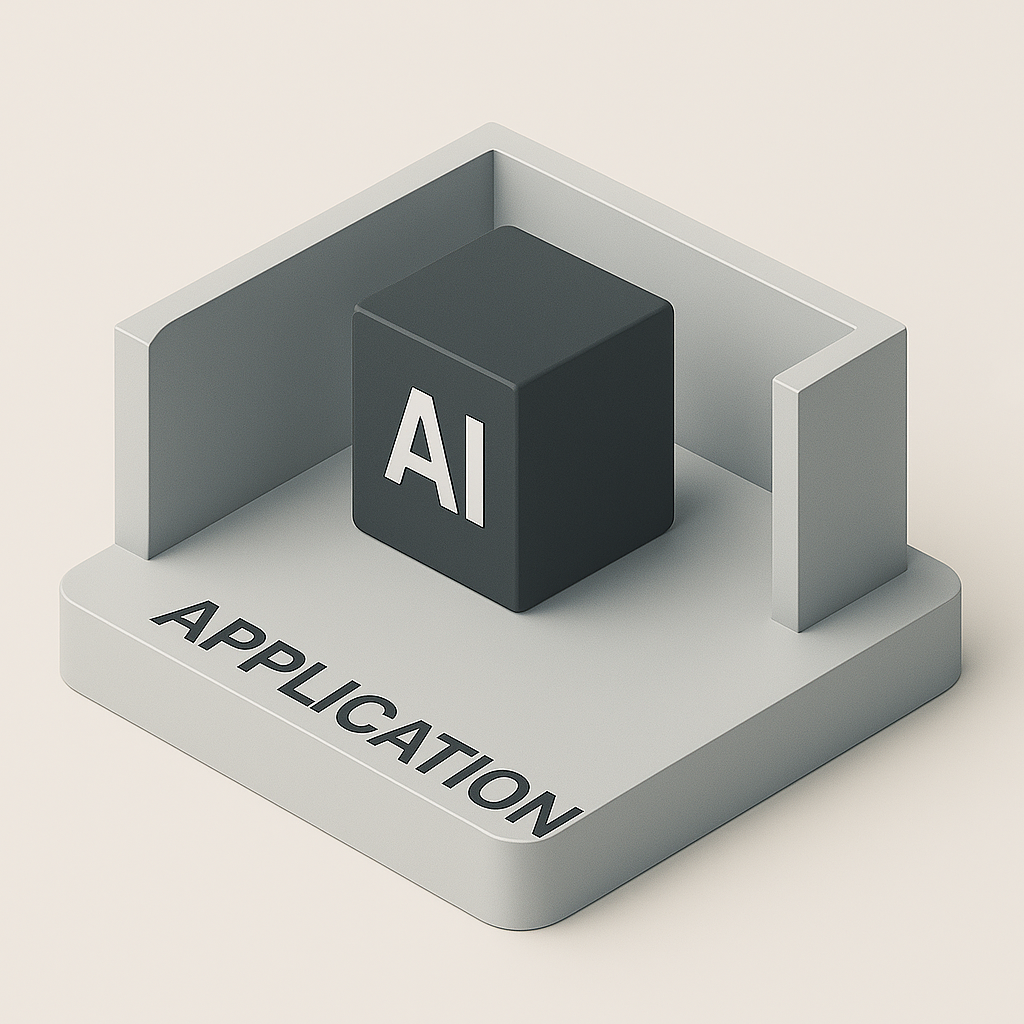
By Todd Bernson, CTO of BSC Analytics, USMC Veteran, and Guy Who’d Rather Pay for Compute Than Per-Character TTS Pricing
Let’s skip the buzzwords and get straight to what your CFO actually cares about: does this AI voice thing save money?
The answer is yes — if you do it right. That means not paying extra per character to a SaaS platform that charges more to say “please hold” than a human would to just answer the call.
This article lays out the real-world return on investment (ROI) of deploying a self-hosted voice cloning platform on AWS, based on what I’ve built — and what you can too.
The Problem With Pay-Per-Sentence
Managed voice APIs (Polly, ElevenLabs, you name it) are fantastic for prototypes. But scale them up and they’ll chew through your budget faster than a sales team with an open bar.
Let’s say:
- You send 100,000 personalized voice messages per month.
- Each message averages 800 characters.
- That’s 80,000,000 characters — or $240/month minimum with Polly.
- Scale that by 12 months and $2880/year — just to say the same things over and over again.
Now imagine that same workload running inside your AWS account, on your infrastructure, with no recurring per-character licensing.
Where the Savings Come From
Let’s break it down.
Model Hosting
Use open-source models like Tortoise-TTS or Coqui:
- No licensing fees.
- Full control over inference.
- Deploy via EKS, Lambda, or SageMaker depending on workload.
Compute Strategy
You’re not running this thing 24/7 — you’re processing jobs in bursts. That’s what AWS does best.
Options:
- Lambda for short jobs (<15s).
- EKS spot for longer, cost-effective bursts.
- SageMaker endpoints for real-time inference with GPU when needed.
Storage
Audio and logs live in Amazon S3:
- Standard + Infrequent Access tiers.
- Lifecycle policies auto-archive old content.
- Total cost for 100,000 audio files (10 sec each): ~$2/month.
Reuse and Replay
One of the biggest wins of self-hosted: cache and reuse output.
- Did Jane Smith’s insurance reminder change? No? Reuse last month’s voice file.
- Store hashed scripts → check before reprocessing.
- Huge savings. Huge.
Automation and CI/CD
Terraform + GitHub Actions = no manual deployment overhead.
- Cost to manage: low.
- Time to deploy new voices or updates: minutes.
- Maintenance: minimal (patch EKS images monthly or use managed runtime updates).
But Wait, There’s More (Than Cost)
It’s not just about saving money. It’s about what you unlock when you stop renting voices and start owning your own pipeline.
Speed
- New voices in minutes, not 2 weeks waiting on a vendor’s custom voice program.
- Edits and updates in minutes — push a commit, redeploy.
Privacy
- No PII leaves your AWS environment.
- No “for quality and training purposes” clause buried in a vendor contract.
- You control retention, logging, and compliance.
Scalability
You’re in control:
- Scale EKS tasks based on SQS queues.
- Possibly Use Step Functions for batch workflows.
- Go global with CloudFront + S3 for voice file distribution.
Real-World Example: Insurance Use Case
Scenario: An insurance company sends:
- 50,000 monthly reminders.
- 25,000 claims updates.
- 10,000 wellness check-in messages.
Managed TTS Cost: ~$2,280/month
Self-Hosted AWS Cost: ~$150/month (including compute, storage, monitoring)
Annual Savings: Over $25,560
Now toss in brand voice control, security, reusability, and better CX — and you’ve got an ROI case that even the most skeptical exec will nod at between Slack messages.
Total Cost Breakdown
| Component | Monthly Estimate (Self-Hosted) |
|---|---|
| EKS Compute (Spot) | $100 |
| S3 Storage | $10 |
| CloudWatch Logs | $15 |
| Secrets Manager | $5 |
| CI/CD (GitHub) | Free (or already included) |
| Total | ~$130-$150/month |
Compared to managed APIs at 10x that cost, with less flexibility.
ROI Bonus Points
- Reuse recordings? ✅
- Clone internal voices? ✅
- Multilingual support? ✅
- Sync to CRM or EMR systems? ✅
- Monetize the platform as a service offering? Don’t tempt me.
Final Thoughts
If you’re still paying per character for voice automation, it’s time to ask why.
AWS gives you:
- Control
- Cost savings
- Flexibility
- Compliance
You just need the courage (and maybe some Terraform modules) to build it.
And once you do? You own the pipeline, the experience, and the margins. That’s not just ROI — that’s a competitive advantage.



